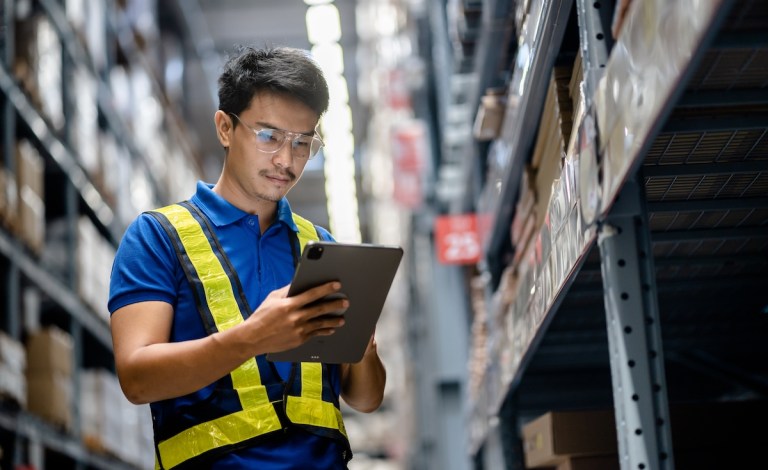New tools and platforms that can streamline and digitize shipping and logistics processes, while providing better service to vendors and partners, are increasingly capturing the sector’s growing white space opportunities.
And it’s not just a local, or domestic U.S.-driven, modernization of the historically fragmented shipping and freight industry.
The benefits of next-generation technology are increasingly going global.
“It’s important to localize your technology to meet the specific needs of the country you are looking to be a pioneer in,” Fernando Correa, CEO and co-founder of international digital trade company Cargobot, told PYMNTS. “With the fragmentation that exists in the landscape, there’s an advantage in educating industry players in different countries” about the benefits of technology.
No matter where they operate, shippers and carriers alike are looking around at the many other industries that have successfully evolved and digitized their operations to capture 21st century efficiencies and coming to realize that they want the same for themselves.
Advertisement: Scroll to Continue
And given how riddled with fragmented legacy processes and manual bottlenecks the shipping and logistics industry is, Correa emphasized that the sector is particularly primed to capture future-fit value-adds through next-generation tech solutions.
Read also: The Industrial Economy Greets Generative AI With Open Arms
Achieving Greater Efficiencies Through Connected Intelligence
The most successful business relationships are modern, integrated ones where information sharing and data-driven, real-time updates produce beneficial results for all parties.
Shared efficiencies are fundamental to building better B2B relationships.
In the logistics space, where historically entrenched relationships reign supreme, and business is traditionally conducted over the phone and via texts or emails — two communication channels that represent the bleeding edge of the sector’s digitization — taking an approach that marries existing relationships with emerging technology is crucial to scalable adoption.
“The majority of transactions right now are being communicated by text and email, which is why new digital solutions need to not only help create great functionality for shippers by supporting planning capacity and shipments and simplifying how firms organize their [request for quotation (RFQ)]; but at the same time, it’s imperative that they help improve relationships with brokers and carriers,” Correa said.
By providing technology-driven services that touch upon all the moving parts of the freight ecosystem and bring them together in an easy-to-manage, streamlined manner, Correa explained that the next wave of freight tech solutions, like those provided by Cargobot, are “creating a much better alternative by solving for longstanding problems.”
Tech innovations are inherently meant to organize information and better structure previously unorganized relationships, allowing all firms involved with a shipment or contract to capture easy-win efficiencies that have historically been lost among procedural gaps.
A Growing Demand for Efficient and Reliable Freight Transportation Services
PYMNTS has for years been closely covering how ongoing digital transformations accelerated by cloud computing and data collection capabilities have helped businesses organize and disseminate information, spurring the growth of a new, hyper-modern and connected economy.
Now, that seismic shift in systemic capability is increasingly coming to the physical world of transportation.
“All different countries have one thing in common: the shipping process,” Correa said. “And at the end of the day, you need to organize this foundational and necessary process using new technology.”
The challenge is the sheer volume of goods being moved from A to B, and the vast number of firms tasked with making it all happen, he said.
That’s why data is so important.
“With data you can organize prediction rates and capacity, simplifying completely fragmented information across a massive volume of companies and providing different services to different operators and shippers based on their needs,” Correa said.
Still, he explained that firms themselves don’t want to have to parse through and synthesize the data themselves, which is an overwhelming task.
That’s why next-generation platforms and solutions like Cargobot are increasingly taking the lead in organizing and distilling data into simple, interpretable dashboards that can give shippers and carriers a competitive edge.
What does Correa think the future of transportation holds, given the advances already taking place today?
He said that emergent innovations like generative artificial intelligence (AI) are going to take today’s progress even one step further, helping to consolidate communication and information streams across geographies and time zones and building a better, more connected operational landscape.
For all PYMNTS B2B coverage, subscribe to the daily B2B Newsletter.

